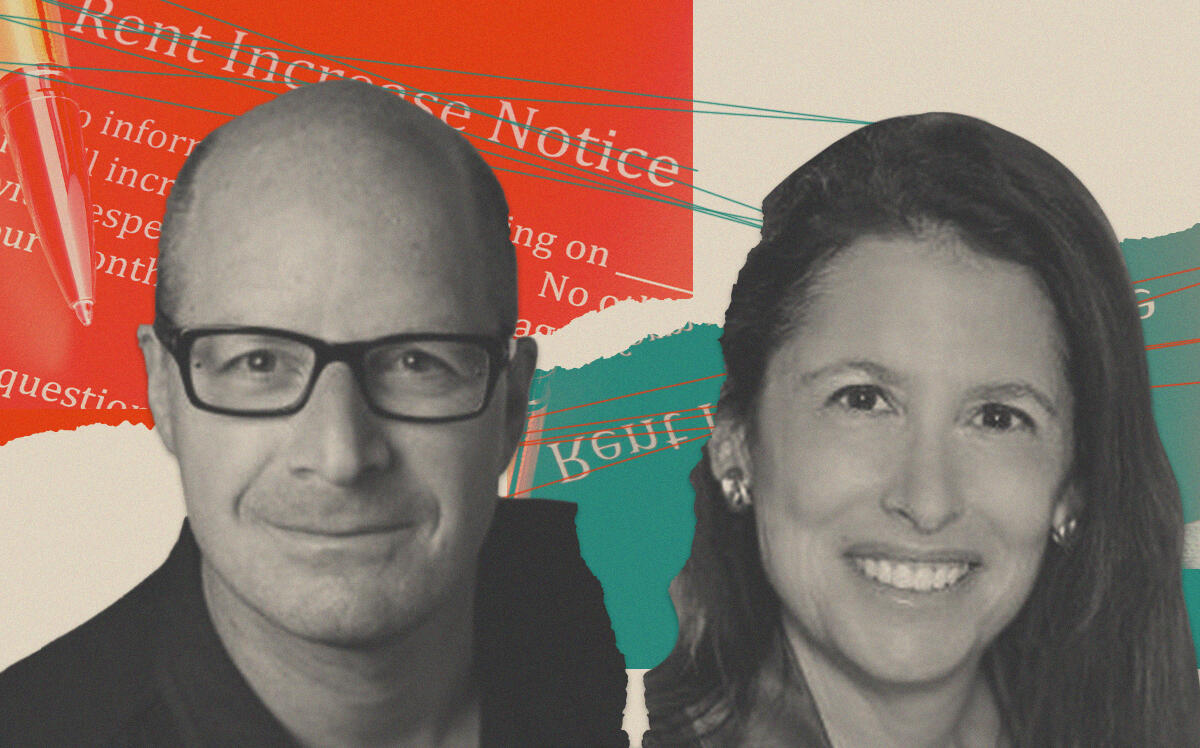Trending
Santa Monica puts rent control measure on November ballot
Landlord advocate labels the affluent city “Soviet Monica”

After weeks of public rhetoric — and spirited opposition from landlords — the Santa Monica City Council voted unanimously on Wednesday in favor of a November ballot measure that would reduce the city’s maximum annual rent increases.
“One sentence,” Councilman Phil Brock said after the vote: “I hope all of our rent control renters will sleep better this evening.”
The council’s action, which came during a special session Wednesday evening, means that Santa Monica voters will decide the hot button issue at the city’s Nov. 8 election. The referendum will ask whether the city should amend a section of its charter to reduce the maximum potential annual increase from 6 percent to 3 percent for rent-controlled units.
The city’s rent increase caps are determined by a Rent Control Board and tied to the Consumer Price Index; over the past couple decades, since the original rent control language was codified, the 6 percent ceiling, up to a maximum $140 monthly increase, has only rarely been reached. But it came into play in June amid soaring inflation. The measure would also include a provision that allows the Rent Control Board to freeze hikes altogether under declared emergencies.
“We’ve reached 6 percent only a few times, but that’s even more reason why a 3 percent cap is a reasonable and predictable metric for people to be able to live” and plan against,” Mayor Pro Tem Kristin McCowan said during the meeting. “Whereas the 6 percent cap … was always looming on the horizon. People didn’t expect it to ever happen, and then it happened.”
Dan Yukelson, the outspoken executive director of Apartment Association of Greater Los Angeles, the region’s landlord advocacy group, said he wasn’t surprised by the board’s move but was still outraged at what he characterized as a local government that had no business sense and was in the pocket of tenant rights groups.
“It just figures that the City of Santa Monica would come out with the worst outcome for property owners and put people out of business,” he said. “This city is, has been and always will be Soviet Monica.”
Santa Monica, which ranks among Southern California’s wealthiest cities, has around 15,000 households that qualify as rent burdened, a term that typically applies to households that pay more than 30 percent of income toward rent, according to data cited in the City Council agenda. That figure represents nearly a third of the city’s renter households. Santa Monica also has 10,000 households that qualify as severely rent burdened, meaning they pay more than 50 percent of income toward rent.
A recent report from the rental site Zumper calculated the city’s median rent for a one-bedroom apartment at $2,920, the highest of any city in L.A. County.
The council’s Wednesday decision came after weeks of passionate discussions and delays related to the pending ballot measure, including an alternate proposal, ultimately shelved, that would have kept the 6 percent cap for some tenants but had many tenants seeing no rent increases at all.
Much of Wednesday’s meeting, which lasted more than three and a half hours, was devoted to a discussion of a possible “sunset clause” for the cap reduction, with supporters arguing such a clause would ultimately produce a more complete debate about how the city handles rent control in the long term.
“On the other side of the same problem is a message that we’ll be sending to the small mom-and-pop property owners,” said Councilman Oscar de la Torre, arguing for a sunset. “And those property owners, we need them to stay in business. … A sunset gives us an opportunity to have a robust discussion.”
“I can tell you what I’ve heard is that renters are very concerned about any sunset at all,” countered Councilmember Gleam Davis. “Because what it does is say, at some point, if we don’t adopt something, we’ll revert back to this 6 percent system we have right now.”
The council moved to initiate a more formal discussion on further reforms with “all the stakeholders,” including renters, in mid 2023.




